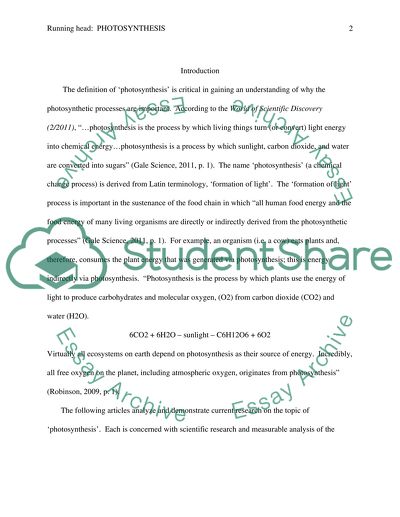Cite this document
(“Photosynethesis Essay Example | Topics and Well Written Essays - 750 words”, n.d.)
Photosynethesis Essay Example | Topics and Well Written Essays - 750 words. Retrieved from https://studentshare.org/biology/1459384-photosynethesis
Photosynethesis Essay Example | Topics and Well Written Essays - 750 words. Retrieved from https://studentshare.org/biology/1459384-photosynethesis
(Photosynethesis Essay Example | Topics and Well Written Essays - 750 Words)
Photosynethesis Essay Example | Topics and Well Written Essays - 750 Words. https://studentshare.org/biology/1459384-photosynethesis.
Photosynethesis Essay Example | Topics and Well Written Essays - 750 Words. https://studentshare.org/biology/1459384-photosynethesis.
“Photosynethesis Essay Example | Topics and Well Written Essays - 750 Words”, n.d. https://studentshare.org/biology/1459384-photosynethesis.


